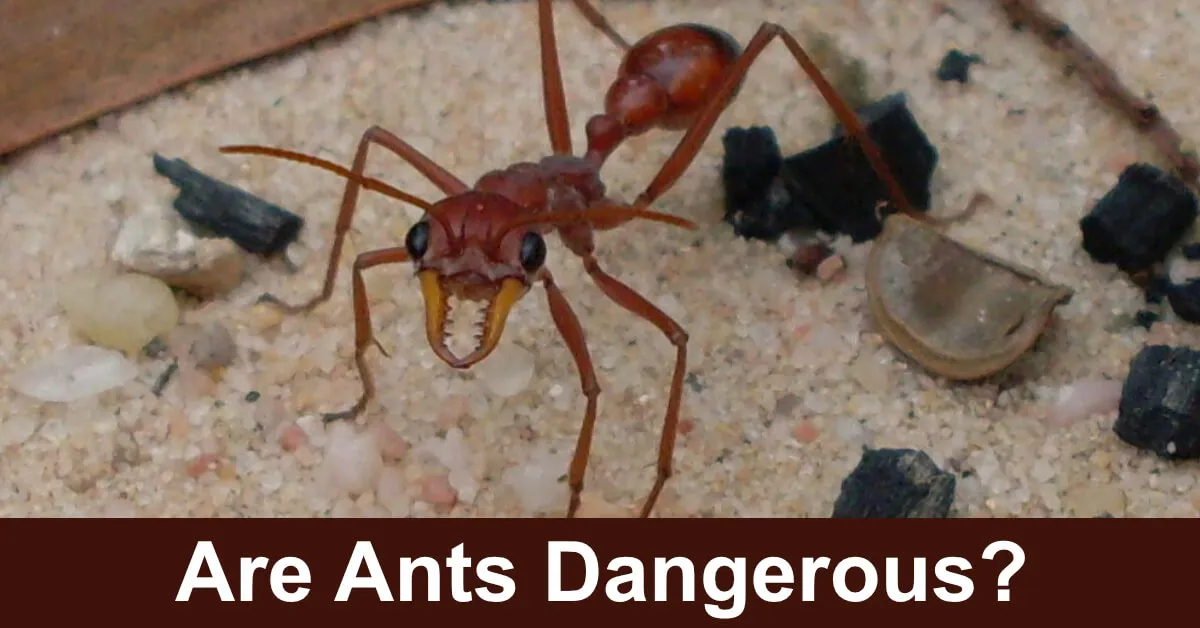The Silent Threat Ants Pose to Tarantulas
The world of arachnids is often perceived as a solitary domain, with predators and prey engaged in a constant struggle for survival. Among these creatures, tarantulas stand as formidable hunters, known for their size, venom, and impressive hunting skills. However, these majestic spiders face an often-overlooked threat ants. These tiny insects, seemingly insignificant, pose a serious danger to tarantulas, impacting their survival in various ways. This article explores the dangers ants pose to tarantulas, examining the physical and ecological factors involved in this fascinating, and often deadly, interspecies conflict. Understanding the threat of ants is crucial for anyone interested in tarantula care, conservation, or the intricate balance of ecosystems.
Ants’ Physical Advantages Over Tarantulas
Despite their small size, ants possess several physical advantages that make them a formidable threat to tarantulas. Their collective behavior and specialized structures equip them to challenge even the most imposing spiders. These physical attributes allow ants to overcome the tarantulas’ defenses and pose a real danger, especially when they attack in numbers. These seemingly insignificant insects can inflict significant harm on tarantulas.
Size and Numbers
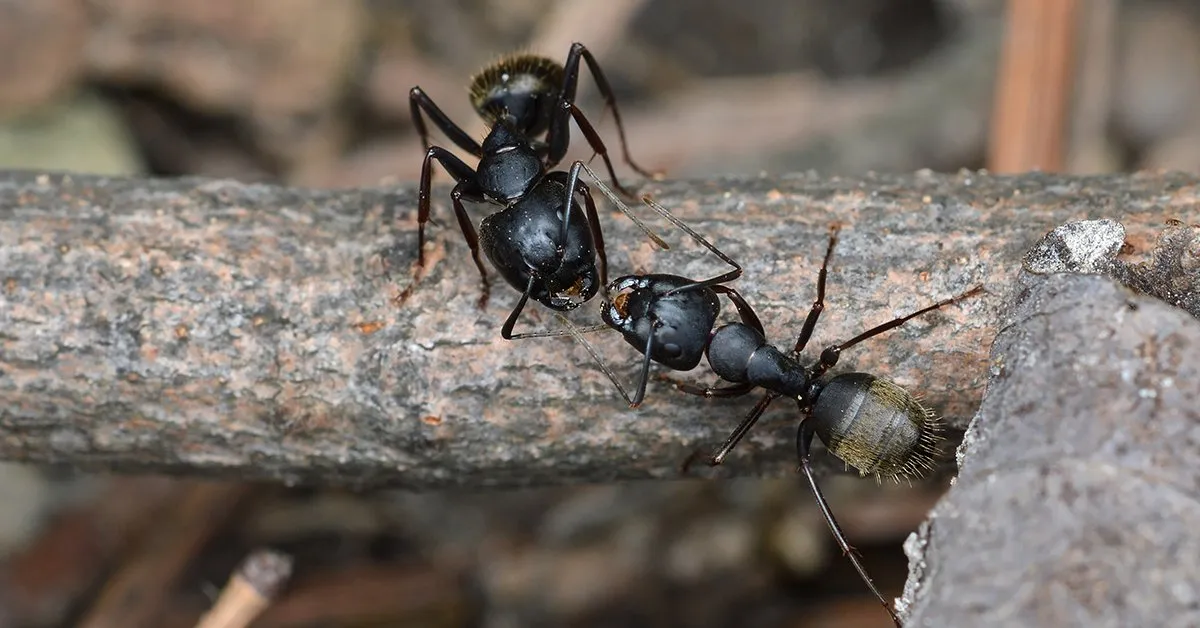
While an individual ant is much smaller than a tarantula, their strength lies in numbers. Ant colonies can consist of thousands, even millions, of individuals working together. This overwhelming force allows them to swarm and overpower even large prey, including tarantulas. A single ant might be easily dispatched, but a coordinated attack by hundreds or thousands can quickly overwhelm a spider, preventing it from effectively defending itself.
Venom and Mandibles
Many ant species possess venomous stings or bites, which they use to subdue their prey. These toxins can be painful and debilitating to tarantulas, further weakening their defenses. Additionally, ants have strong mandibles, which they use to bite and tear at their prey. This combination of venom and powerful jaws allows ants to inflict significant damage, hindering the tarantula’s ability to hunt and defend itself. Even relatively small ants can cause serious injury when they attack in groups.
The Impact of Ant Colonies
The presence of ant colonies can drastically alter the survival prospects of tarantulas. Ants don’t just pose a direct threat; they can disrupt the delicate balance of the tarantula’s environment in ways that ultimately jeopardize the spider’s wellbeing. The ants’ collective behavior and their impact on the ecosystem play a crucial role in the dangers they present.
Resource Competition
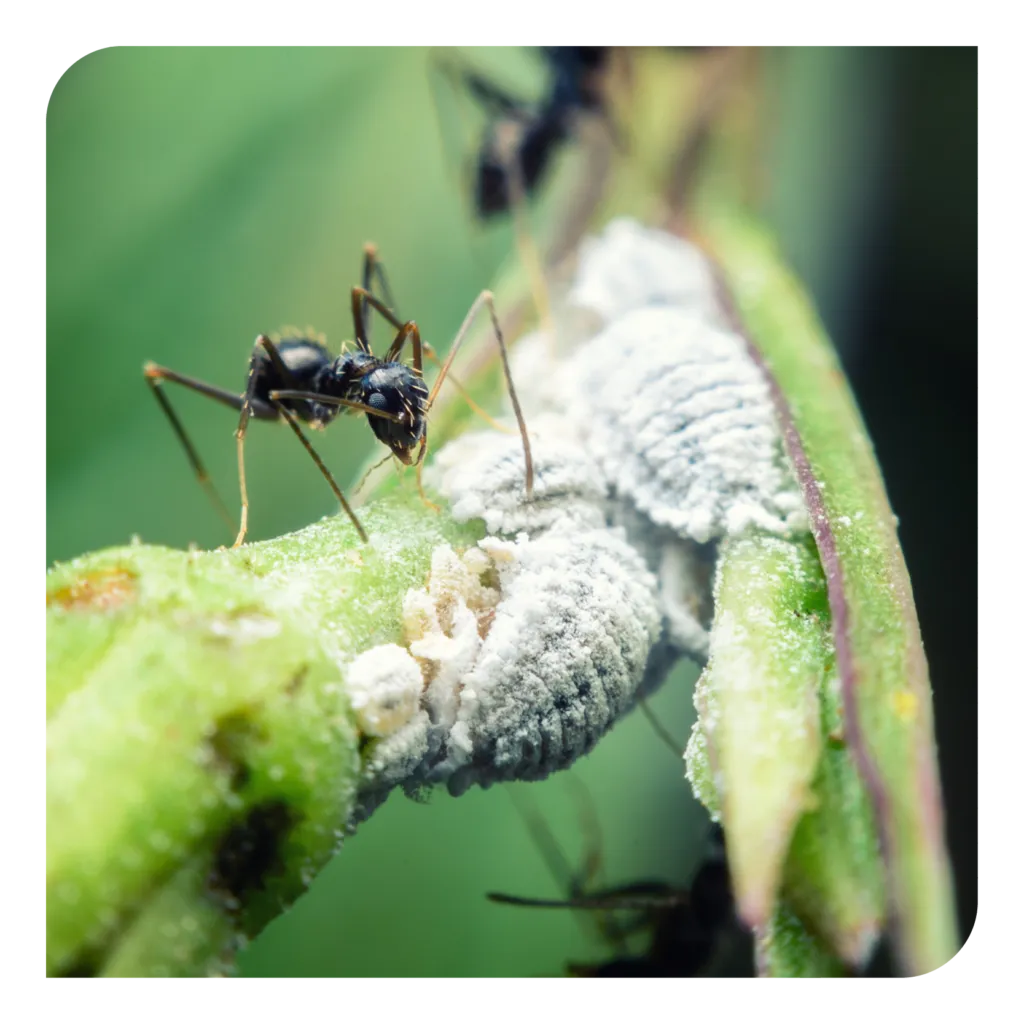
Ants and tarantulas often compete for the same resources, such as insects and other small invertebrates. When ant colonies are abundant, they can significantly reduce the availability of prey, forcing tarantulas to expend more energy searching for food. This competition can lead to weakened tarantulas, making them more vulnerable to other threats, including ant attacks. A decline in prey availability can also affect the tarantula’s ability to reproduce.
Nest Invasion and Predation
Some ant species are known to invade tarantula nests, where they can prey on eggs, spiderlings, and even adult tarantulas. The ants exploit the vulnerability of young spiders and the eggs. This predation can devastate tarantula populations, especially in areas where ant infestations are common. The invasion disrupts the safety of the tarantula’s habitat, leading to population decline.
Ant Species with a Tarantula Threat
Not all ant species pose an equal threat to tarantulas. Some species are particularly aggressive and well-equipped to attack and subdue spiders. Identifying these dangerous species is crucial for understanding the risks that tarantulas face in different environments and for implementing effective preventative measures. The type of ant can significantly impact a tarantula’s survival.
Fire Ants
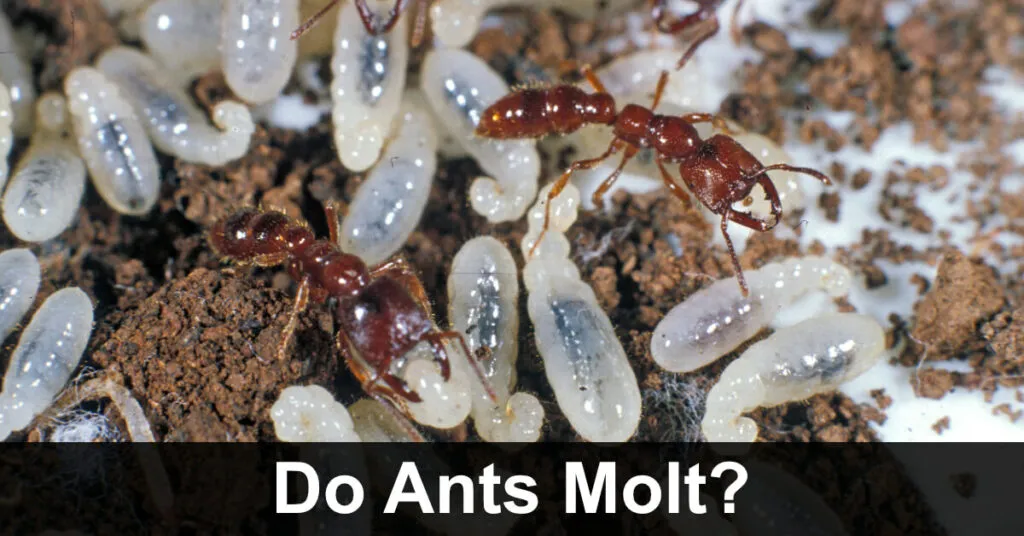
Fire ants are notorious for their aggressive behavior and painful stings. These ants are a significant threat to tarantulas, as they attack in swarms, injecting venom that can cause paralysis or even death. The fire ants’ ability to quickly overwhelm their prey and their potent venom make them a particularly dangerous enemy for tarantulas, capable of eliminating a spider in a short time.
Harvester Ants
Harvester ants are known for their powerful mandibles and aggressive territorial behavior. While they may not be as venomous as fire ants, they can inflict painful bites and overwhelm tarantulas through sheer numbers. They aggressively defend their territory, making any tarantula that wanders too close a potential target. Their impact on the ecosystem often leads to diminished food resources for tarantulas.
Argentine Ants
Argentine ants are an invasive species that can outcompete native ant species. They often form super-colonies, consisting of vast numbers of individuals. Their aggressive behavior and ability to quickly colonize new areas can pose a significant threat to tarantulas, as they can quickly deplete resources and directly attack the spiders. They are a threat to tarantula populations.
The Tarantula’s Defense Mechanisms
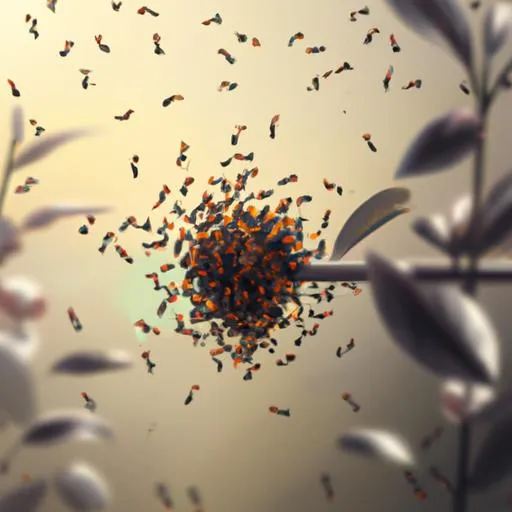
Tarantulas are not defenseless against ants. They possess several defense mechanisms that help them survive ant attacks. Understanding these defenses provides insight into the ongoing battle between these creatures and can inform strategies for protecting tarantulas from ant threats.
Fangs and Venom
Tarantulas possess large fangs and venom, which they use to subdue prey and defend themselves. While their venom is not typically lethal to humans, it can be effective against smaller creatures like ants. A well-placed bite can kill or incapacitate an ant, giving the tarantula a chance to escape or retaliate. Tarantulas will use their fangs and venom to attempt to neutralize the attack of the ants, however, they are not always successful.
Defensive Hairs
Many tarantula species have specialized hairs on their abdomen called urticating hairs. These hairs are barbed and can be flicked at potential threats, including ants. If these hairs come into contact with the ants, they can cause irritation and deter the ants from attacking. This defense mechanism is effective against many ant species, but it may not always be enough to stop a determined swarm. This defense helps tarantulas to protect themselves against ant attacks.
The Importance of Habitat
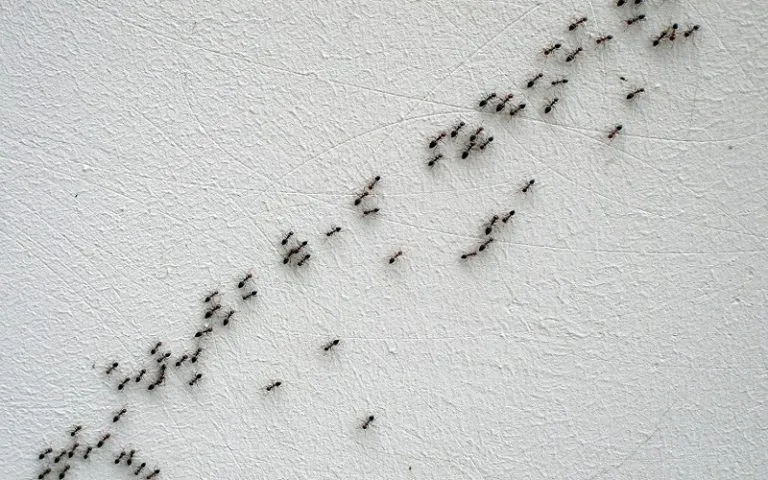
The habitat plays a vital role in the relationship between ants and tarantulas. The physical environment can influence the likelihood of ant infestations and the overall health of tarantula populations. Maintaining a suitable habitat is crucial for tarantula survival, especially in areas with high ant activity. Ensuring the appropriate habitat can minimize the threat from ants, ensuring tarantula survival.
Protecting Tarantulas from Ant Invasions
Protecting tarantulas from ant invasions requires a multi-faceted approach that combines habitat management, chemical control, and consistent monitoring. Implementing these strategies can significantly reduce the risk of ant attacks and ensure the survival of these fascinating arachnids. Taking proactive steps is essential for the health of tarantula populations, especially in environments where ants are abundant and pose a threat.
Habitat Management
Maintaining a healthy and clean habitat is essential for preventing ant infestations. This includes removing food sources that attract ants, such as spilled food or dead insects. Proper ventilation and regular cleaning of the enclosure can help to deter ants and maintain a safe environment for the tarantula. Regular inspection of the habitat is crucial to detect any early signs of ant activity.
Chemical Control

In areas with persistent ant problems, chemical control measures may be necessary. This can involve using ant baits or sprays that are specifically designed to be safe for tarantulas. When using any chemical control method, it is essential to follow the manufacturer’s instructions carefully and to avoid direct contact with the tarantula. Careful application is key, ensuring that the tarantula is not exposed to harmful substances. Consulting with a pest control expert is also a good option.
Monitoring and Prevention
Regular monitoring is key to detecting ant activity early and preventing infestations. This includes inspecting the tarantula’s enclosure and surrounding area for any signs of ants, such as trails or nests. Implementing preventative measures, such as using barriers or repellents, can further reduce the risk of ant attacks. By consistently monitoring and taking proactive steps, tarantula keepers can minimize the dangers posed by ants.
In conclusion, ants pose a significant threat to tarantulas, using their numbers, venom, and aggressive behavior to challenge even the largest spiders. Understanding the dangers ants present, from their physical advantages to their impact on the environment, is crucial for protecting tarantulas. By implementing preventative measures and maintaining a suitable habitat, tarantula keepers and conservationists can help ensure the survival of these magnificent creatures and their complex ecological relationships.
